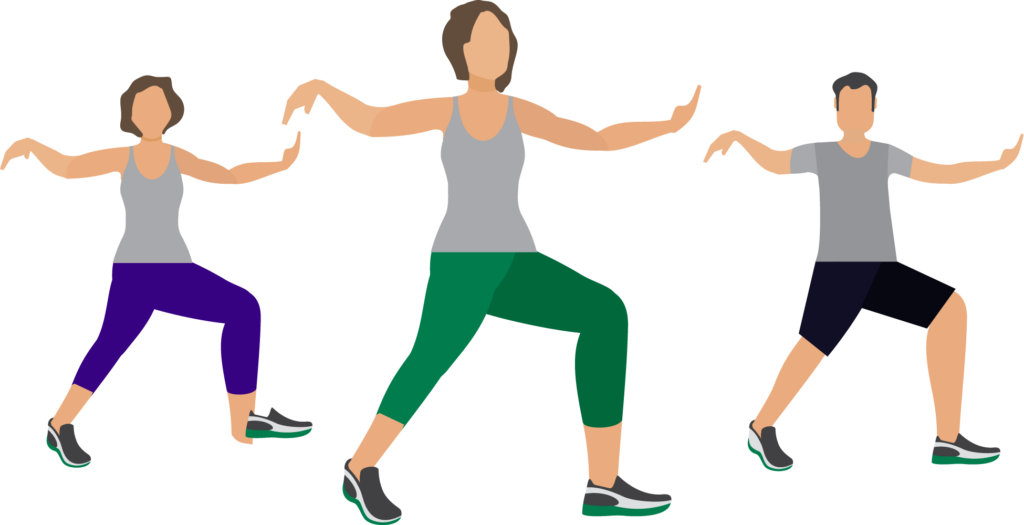Flexibility and Balance
These flexibility and stretching exercises are suggestions only. Patients should only spend about 5 minutes within each class performing flexibility and stretching exercises as the emphasis within the class should be on endurance and strength training. The flexibility and stretching exercises could be incorporated into the additional home training program. Health professionals should prescribe and modify appropriate flexibility and stretching exercises according to individual needs.
Patients with ILD at risk at falls can also benefit from the inclusion of balance exercises.
Flexibility of the joints in the spine (particularly the thoracic spine) is important for people with respiratory disorders to enable thoracic mobility when breathing.
The exercises in the table below are designed to move the joints through their range in order to improve or maintain flexibility.
When prescribing flexibility exercises, the following points should be considered:
- Patients should perform two or three repetitions of each exercise using slow, smooth movements.
- Patients should only perform each exercise as far as they can without causing pain/discomfort.
Flexibility Exercises
| Trunk rotation | 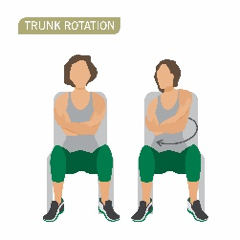 |
|
| Shoulder rotation |  |
|
The pectoral muscles may become shortened as a result of the forward lean position adopted by many patients with chronic lung disease when breathless, and therefore it is important to include stretches that aim to maintain the length of the pectoral muscles and in doing so this may improve posture.
When prescribing stretching exercises, the following points should be considered:
- Ask the patient to hold each stretch for five to ten seconds
- Ask the patient to perform two or three repetitions of each stretch.
- Patients should gradually lengthen the muscle to the point that feels as if they are stretching or pulling the muscle, but no pain is experienced.
- After this point is reached, the patient should be asked to “hold it there”.
- Encourage the patient to gradually stretch a little further if they feel able to do so.
- Encourage patients to breathe while stretching, some patients hold their breath and others are unable to hold stretches for as long as 5 seconds due to breathlessness.
- The exercises in the table below have been designed to help patients stretch muscles in their upper and lower limbs
Stretching Exercises
| Exercise #1 Pectoralis stretch |
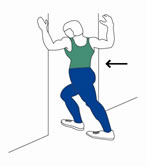 |
|
| Exercise #2 Triceps stretch |
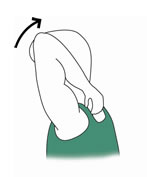 |
|
| Exercise #3 Hamstring stretch |
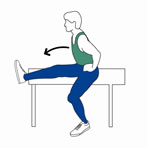 |
|
| Exercise #4 Shoulder stretch |
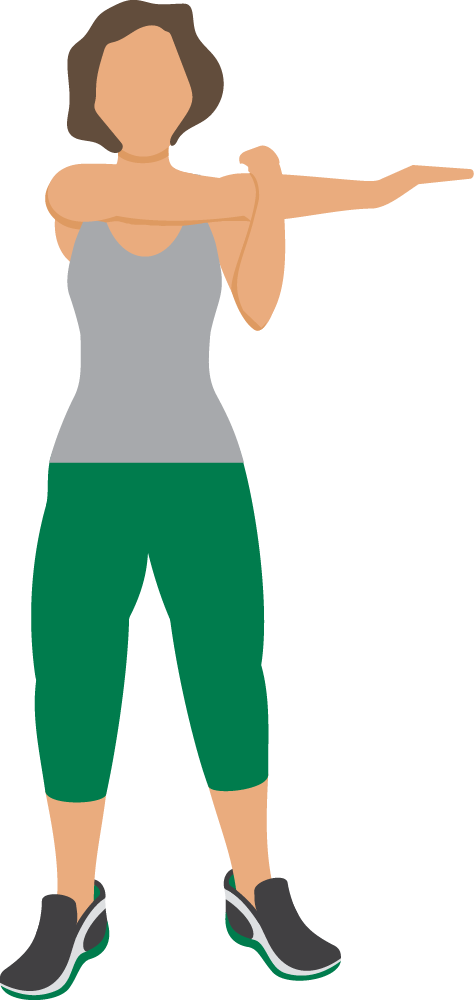 |
|
| Exercise #5 Calf stretch |
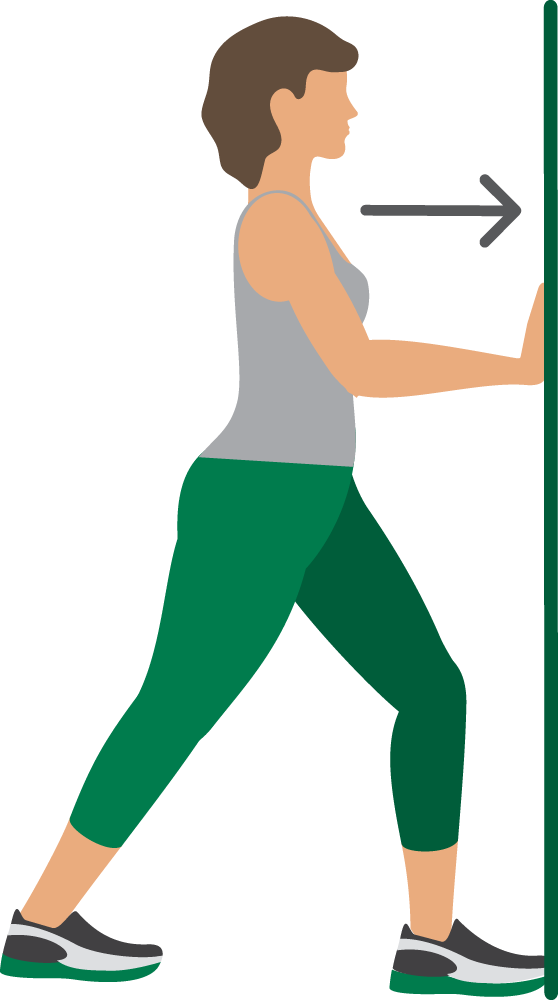 |
|
Although there is no direct comparison of fall rate between people with COPD and age-matched healthy population, previous studies suggested that people with COPD have a higher prevalence of falls (44 to 51%)111213compared with community-dwelling older populations (29 to 33%).141516 The level of balance impairment and fall rate increase further after hospitalisation in people with COPD.17 Falls can be caused by a number of risk factors such as reduced lower limb muscle strength, decreased daily physical activity and reduced standing balance capacity and these risk factors are also associated with COPD.1819As a result, maintaining and enhancing balance is important especially for patients with a balance deficit or those with an increased risk of falls.
The following exercises can help improve balance:
- Static and dynamic stance exercises (such as stand with eyes closed, tandem stance, one-legged stance and throw and catch ball or bat a balloon), lower limb muscle strength training (such as sit to stand exercises and stepping up and down on a block or step) and gait exercises (tandem, sideway and backward walk)
- Tai Chi (with or without additional weights such as a backpack or wrist cuff weights)
